The concept of Nordic Dark Lighting has emerged as a fascinating design movement, blending the stark beauty of Scandinavian winters with innovative approaches to illumination. This aesthetic philosophy goes beyond mere functionality, weaving together cultural narratives and environmental consciousness into a distinctive visual language. As cities across Northern Europe grapple with months of limited daylight, architects and designers have responded with solutions that honor both human needs and the region's unique atmospheric qualities.
At its core, Nordic Dark Lighting represents a paradigm shift in how we perceive artificial light during extended periods of darkness. Traditional lighting design often focuses on banishing shadows, but this Scandinavian approach embraces the poetic potential of limited visibility. The movement draws inspiration from natural phenomena - the blue hour that lingers for what feels like eternity, the way snow reflects faint starlight, and the warm glow that escapes from cottage windows into endless nights. These organic lighting conditions have been translated into urban environments through thoughtful design interventions that prioritize mood over maximum brightness.
The technical execution of this lighting philosophy involves meticulous attention to temperature and placement. Designers employ warmer color temperatures (typically between 1800K-2200K) to combat the coldness of winter nights while avoiding the harshness of conventional street lighting. Fixtures are positioned to create pools of light rather than uniform illumination, allowing darkness to remain present as an active design element. This creates rhythm and variation in the nocturnal landscape, preventing the visual fatigue caused by monotonous bright environments during months when natural light barely crests the horizon.
Cultural historians trace the roots of this movement to ancient Nordic traditions of light worship during winter months. The pre-Christian festival of Jul involved lighting bonfires to ward off spirits believed to thrive in darkness, while later traditions developed elaborate candle displays to mark the Advent season. Contemporary lighting designers consciously reference these heritage elements, translating folk practices into modern urban contexts. Public installations might incorporate the flickering quality of flame or the organic arrangement of traditional candle pyramids, creating continuity between past and present approaches to winter illumination.
Environmental considerations play an equally important role in shaping Nordic Dark Lighting principles. The emphasis on targeted rather than blanket illumination significantly reduces energy consumption - a crucial factor given Scandinavia's commitment to sustainability. Smart systems adjust lighting levels based on actual need, dimming during late night hours when foot traffic decreases. This technological integration demonstrates how the movement reconciles aesthetic ambition with ecological responsibility, offering solutions that could prove valuable as climate change alters light conditions worldwide.
The psychological dimension of this lighting approach has attracted attention from researchers studying seasonal affective disorder (SAD). Unlike conventional treatments that seek to replicate midday sun, Nordic Dark Lighting works with seasonal rhythms rather than against them. The subtle gradations between light and shadow are thought to provide visual stimulation without disrupting natural circadian processes. Cafés and public spaces adopting these principles report that patrons linger longer during winter months, suggesting the lighting creates inviting atmospheres despite - or perhaps because of - its restrained brilliance.
Material choices further distinguish Nordic Dark Lighting from conventional approaches. Designers favor matte finishes and textured surfaces that soften light emission, avoiding the glare associated with polished metals and clear glass. Locally sourced materials like frosted Nordic glass, blackened steel, and untreated wood create fixtures that appear to grow from their surroundings rather than being imposed upon them. This material honesty reinforces the movement's connection to regional identity while providing distinctive visual character to illuminated spaces.
Implementation of these principles varies dramatically across different urban contexts. In Helsinki, lighting masterplans emphasize the reflective qualities of snow and ice, using ground-level fixtures that bounce light off winter precipitation. Oslo's approach focuses on creating "light corridors" along major pedestrian routes, offering clear wayfinding without over-illuminating entire districts. Meanwhile, Reykjavik incorporates volcanic references into its lighting designs, with fixtures that mimic the glow of magma beneath cracked surfaces. These regional interpretations demonstrate how a shared philosophy can yield diverse expressions tailored to local conditions and cultural narratives.
The commercial sector has begun adopting elements of Nordic Dark Lighting, particularly in hospitality and retail environments. Restaurants use carefully positioned pinlights to highlight tables while allowing perimeter spaces to recede into shadow, creating intimate dining experiences during endless nights. Clothing retailers find that the subdued illumination makes winter apparel appear more luxurious, with textured fabrics gaining depth from directional lighting. Even office spaces are experimenting with these concepts, replacing uniform overhead lighting with task-specific illumination that changes intensity throughout the workday in response to natural light conditions.
Critics of the movement argue that prioritizing atmosphere over visibility may compromise public safety, particularly for vulnerable pedestrians during winter months. Proponents counter that thoughtful design actually improves spatial perception by creating clear contrast between illuminated paths and darker areas, reducing the "white-out" effect caused by heavy snow under conventional streetlights. Ongoing studies in Swedish cities appear to support this claim, showing reduced nighttime accident rates in areas where Nordic Dark Lighting principles have been implemented compared to traditionally lit control areas.
As the movement gains international attention, designers stress that successful implementation requires more than simply installing warmer-colored bulbs. True Nordic Dark Lighting demands holistic consideration of seasonal changes, cultural context, and user experience. The most successful projects involve collaboration between lighting specialists, architects, urban planners, and local communities to create illumination schemes that feel organic rather than imposed. This multidisciplinary approach ensures lighting solutions enhance rather than dominate the nocturnal landscape.
The future of Nordic Dark Lighting may involve even deeper integration with smart city technologies. Experimental systems in Copenhagen now adjust lighting color and intensity based on real-time weather data, creating dynamic responses to snow, fog, or clear winter skies. Other prototypes incorporate biometric feedback, subtly increasing illumination when sensors detect pedestrians showing signs of discomfort in dark areas. These innovations point toward lighting environments that are not just passively beautiful but actively responsive to human needs and environmental conditions.
What began as a regional response to extreme seasonal variations has evolved into a sophisticated design philosophy with global relevance. As light pollution becomes an increasing concern worldwide and urban populations seek more nuanced nighttime experiences, the lessons of Nordic Dark Lighting offer valuable alternatives to conventional illumination practices. The movement demonstrates that darkness need not be seen as an adversary to overcome, but rather as a design partner that can heighten our appreciation for artificial light's poetic possibilities.
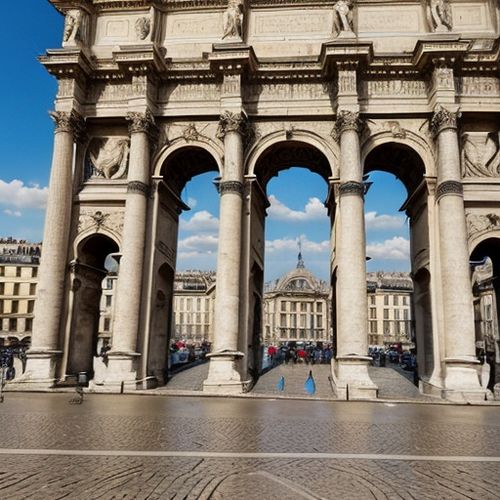
By Laura Wilson/Apr 14, 2025
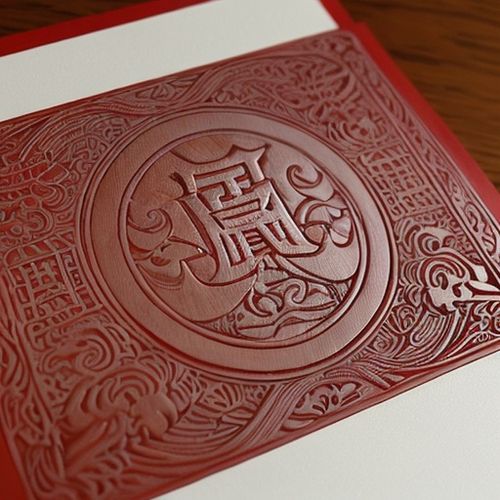
By Joshua Howard/Apr 14, 2025

By John Smith/Apr 14, 2025
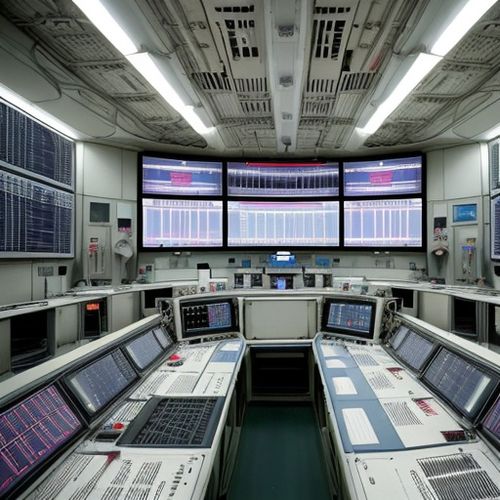
By George Bailey/Apr 14, 2025

By Thomas Roberts/Apr 14, 2025
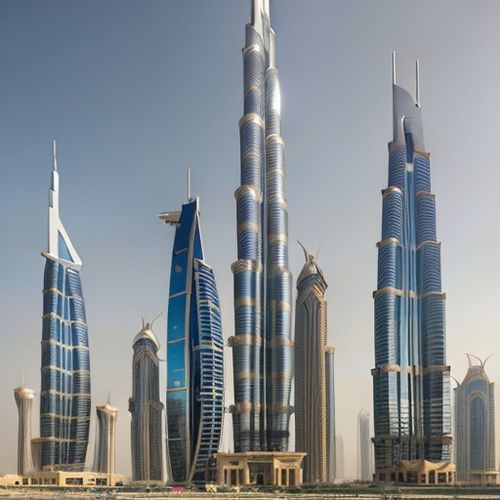
By Amanda Phillips/Apr 14, 2025
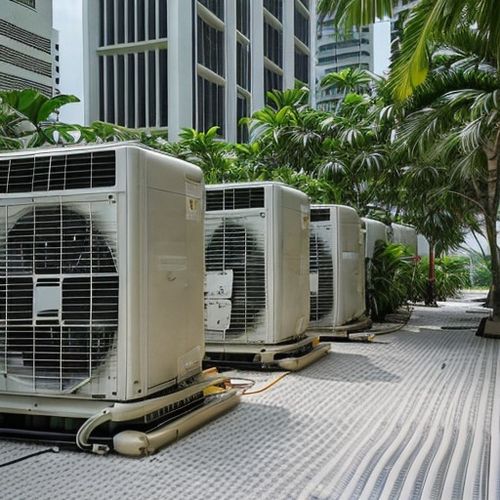
By Daniel Scott/Apr 14, 2025
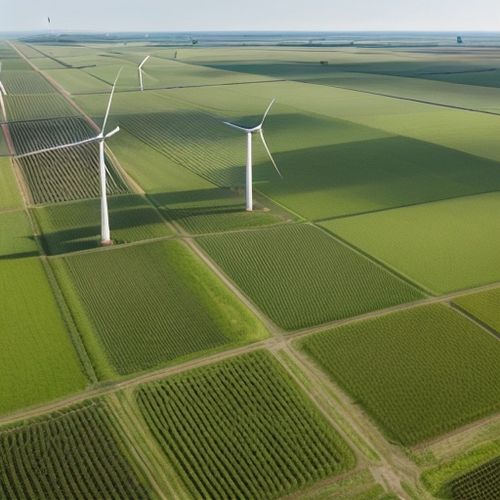
By John Smith/Apr 14, 2025
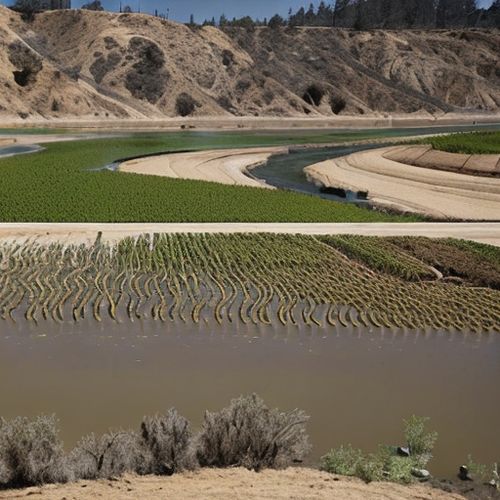
By Amanda Phillips/Apr 14, 2025
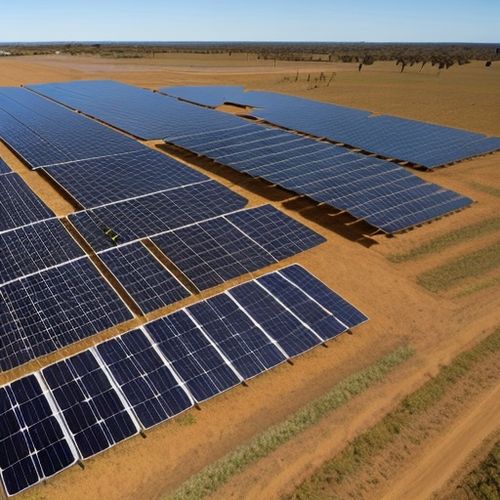
By Christopher Harris/Apr 14, 2025
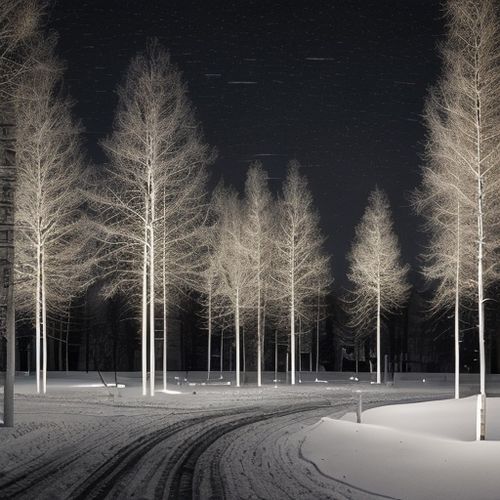
By Eric Ward/Apr 14, 2025

By Eric Ward/Apr 14, 2025

By David Anderson/Apr 14, 2025
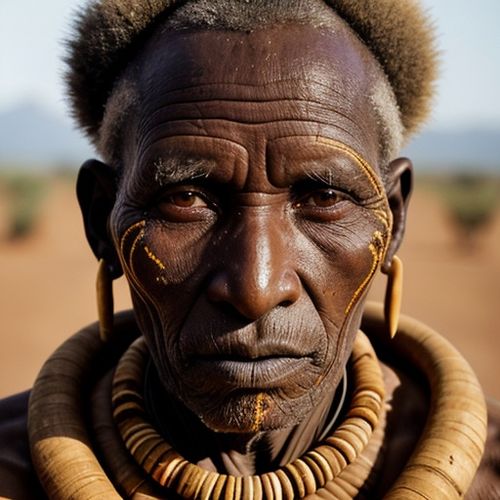
By Thomas Roberts/Apr 14, 2025
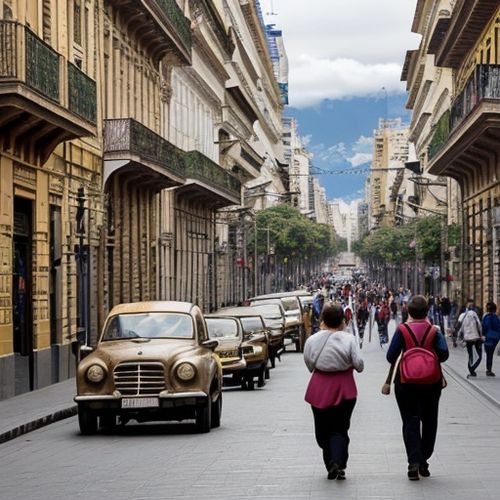
By Grace Cox/Apr 14, 2025
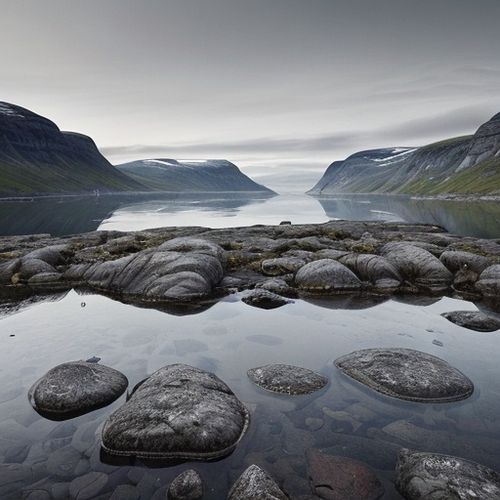
By George Bailey/Apr 14, 2025
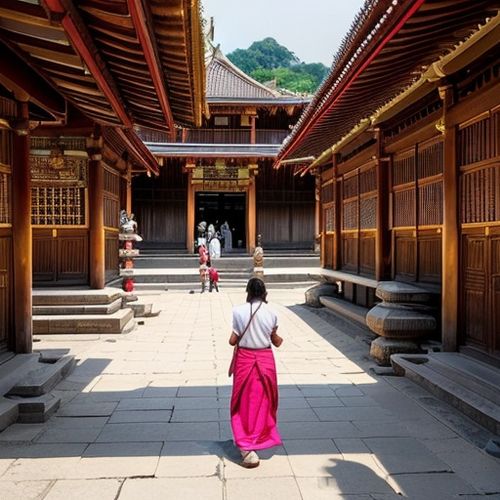
By Ryan Martin/Apr 14, 2025
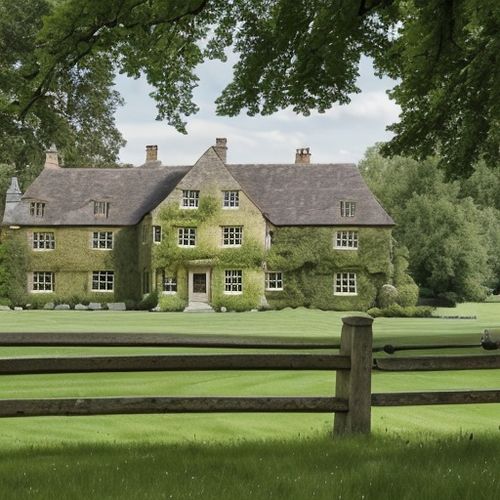
By Thomas Roberts/Apr 14, 2025
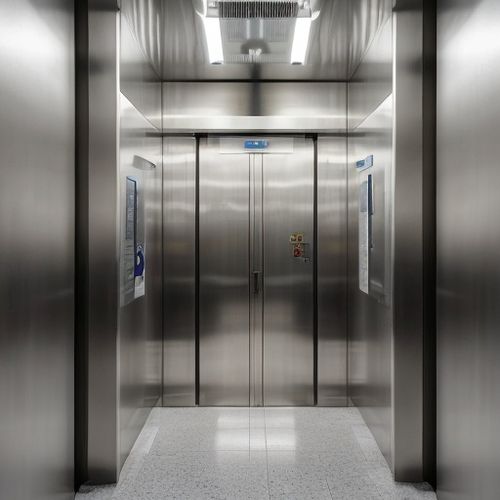
By Samuel Cooper/Apr 14, 2025

By Rebecca Stewart/Apr 14, 2025